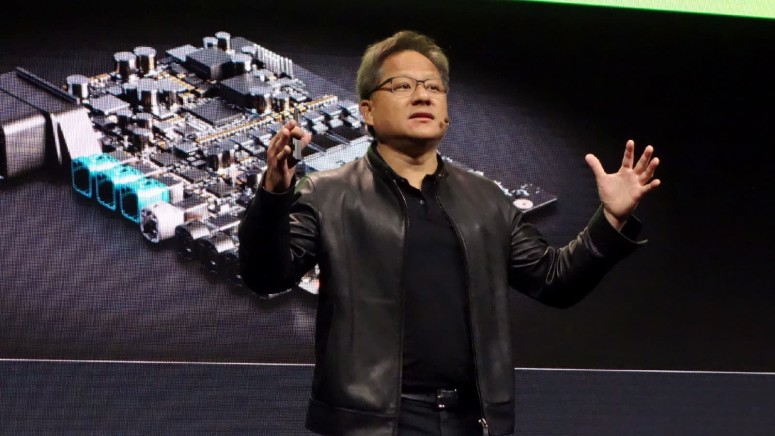
Nvidia’s CEO Says Moore’s Law is Dead in CES 2019
- Nvidia’s CEO Jensen Huang says we should no longer consider Moore’s Law relevant.
- Others think of the current situation as a performance increase slow-down rather than a complete dismiss of the law.
- Chip manufacturers have entered a stage of struggle, with little hope of the situation changing fundamentally any time soon.
During a CES 2019 Q&A panel with a group of reporters and analysts, the CEO of Nvidia Jensen Huang has stated that “the Moore’s Law has finished”. As he further explained, Moore’s Law used to grow tenfold every five years, and 100X every decade. Right now it’s stuck at a growing rate of a few percents every year, and over the course of the next decade, it may only achieve a 2X growth. So, what Huang says is that Moore’s Law had a good run so far, but this, and everything relevant to its notion is now over.
When Gordon Moore predicted that chips would get twice as powerful every couple of years back in 1965, no one could anticipate the limits of semiconductor manufacturing and quantum physics understanding that we have reached today. Moore’s prediction became Moore’s Law, acting as an industry guideline and getting repeatedly confirmed by chip manufacturers. However, regular and incremental performance upgrades have hit a wall since quite some time now, as even the long-standing leaders in the field are having serious trouble in making their chips even smaller than they already are.
Intel is stuck at 14nm since 2014, AMD found a clever way to scale down to 10nm, and Samsung is using ultraviolet lithography to reach 7nm, the same as Qualcomm and MediaTek. The best case scenario for all of them is the limit of 5nm, and going any smaller than that will require some kind of a fundamental change to our manufacturing or our understanding. Until today, almost all of the above innovated in all areas of chip design and development, and getting thus far was not exactly a walk in the park. We have been already pushing the limits for a long time now, putting the best minds into achieving it. Still, seeing chips of “doubled performance” compared to the previous generation is never the case anymore.
To the contrary, newer chips are getting more expensive, as making them requires more and more exotic technology. The power consumption savings that acted as a forking path for Moore’s Law in recent times has reached the point of getting evened out by the manufacturing costs, so the wall remains there. Analysts care to point out that while the Moore’s Law by its strictest definition may be over, the industry is shifting focus towards multi-core GPU architectures, new ways of packaging, and advanced software frameworks. This lights the way forward, and Nvidia is one of the company’s leading that way with their consumer and professional products. While their latest microarchitecture features 12nm transistors, the number of CUDA cores combined with newer tech has brought a performance increase of approximately 40% over the previous generation.
What is your opinion of Moore’s Law? Is it already irrelevant? Let us know of your opinion in the comments below, and feel free to also share your thoughts with our online community on Facebook and Twitter.






